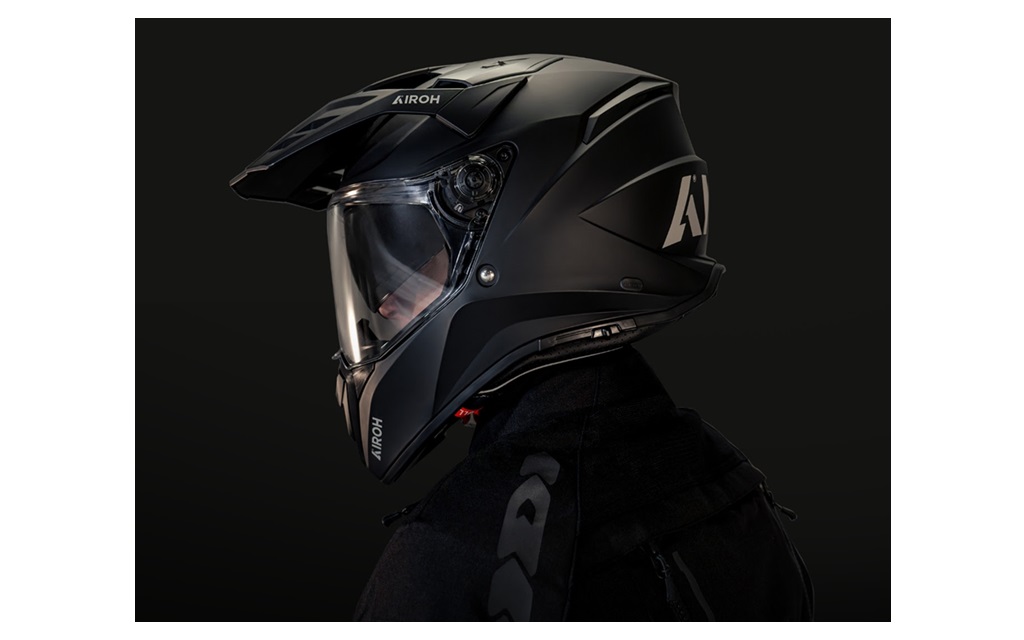E.F. Schumacher — statistician and author of Small is beautiful: A Study of Economics As If people Mattered — once opined that “any fool can make things bigger and more complex … It takes a touch of genius — and a lot of courage — to move in the opposite direction.”
By Schumacher’s definition motorcycle manufacturers must truly be big wimps. For, if there is one universality to the modern motorcycle, the big bore versions at least, it’s that they are starting to become very complex indeed. That’s especially true of the big-bore adventure segment, the one segment that, considering ADV bikes are supposed to emulate the lightness of true dirt bikes, has become as cumbersome and unwieldy as most touring motorcycles. Lost, for instance, in all the hype about BMW’s big-bore GS gaining horsepower, is that the big off-roader is once again packing on the pounds, the R1250 a not-so-insignificant five kilograms heavier than the outgoing R1200.
And for what? Variable valve timing? VVT’s claim to fame is to allow top-end horsepower — the 1250 now boasts 134 ponies — while maximizing low-end torque. That all sounds very laudable, but has anyone ever complained about a Boxer twin’s lack of grunt? Really? I’ve driven nearly every iteration of the famed GS since 1973 and while BMW’s iconic engine has its faults — it being wide, a little quakey and kind of vulnerable sticking out sideways as it does — a lack of pulling power has never been one of them. So is being able to vary the timing of your inlet cams kinda neat? You betcha. Is it worth five more kilos of increased avoirdupois? Colour me not completely convinced.
Worse yet are the complex electronically-adjustable suspension systems that the mainstream motorcycle media — that’s me trying to coin my very first acronym, MMM — have spent upwards of the last five years trying convincing us are essential — and any topflight motorcycle without digital control of its damping is somehow less.
The truth behind most of the MMM’s evaluation is often a little hypocritical. Attend the launch of one of these digitally-adjustable wunder-bikes and the assembled testers will spend the first hour — maybe two — fooling with suspension settings. Once they’ve finished futzing, they’ll almost invariably settle on their favourite mode — seeing how they’re all ego-driven, that setting will almost always be “Sport” — and there that touch-button adjustability will stay for the rest of their ride. Oh, they’ll write that you need to be able to recalibrate your suspension for every pothole in the road, but, in my observance, once they’ve fixated on a particular ride, they’re very unlikely to alter their damping rates.
Which isn’t much different than what happens if you have top quality, manually-adjustable dampers. My creeking old 2002 Suzuki V-Strom 1000 is blessed with a five-way adjustable — rebound and high/low-speed compression damping, preload and ride height — Elka shock and, other than preload, I’ve barely touched the thing since John Sharrard set it up four years ago. Oh, I futzed with the high-speed compression a couple of times, but quickly determined that Sharrard, suspension guru to the stars, knew what he was doing. So, other than jacking up the preload whenever She-who-needs-all-her-facial-creams-on-any-ride tags along, I’ve left the suspension more or less alone.
Now, considering how many adventure touring bikes really do get loaded to the gunwales, the one electronic suspension gizmo that might seem to be make sense would be automatic load-levelling preload adjusters just now showing up on top-end adventurers like Triumph’s Tiger 1200.
But even they have their limitations. The Triumph, for instance, has just such a system built into its comprehensively digitized suspension, a feature I thought would prove invaluable when I spent three weeks touring Italy this past summer with She-who-loves-all-things-Estee-Lauder. With the loading varying so wildly — I’d dump herself and her ablution products when I was going to take a serious run at an Alpine pass — it seemed like the no muss, no fuss solution to immediate suspension adjustment.
The only problem is that such systems always return to one very specific ride height. If, like me, you like a quick steering bike, well, you’re plain out of luck. Where I could just jack up the rear of my V-Strom with a quick fiddle of the Elka’s hydraulic preload adjuster, the Triumph returns to the exact same, middle-of-the-road height under all circumstances, which, despite all its gee-whizness, meant I couldn’t get the pointy steering I was looking for.
What I am trying to say is that there are plenty of advantages to well set up manually-adjustable forks and shocks. The best suspension I’ve tested recently — perhaps ever — was on Kawasaki’s H2 SX SE. Indeed, read the tests of the big supercharged Kwacker and once the reviewer got over the rush of explosive power, it was the compliant suspension that impressed, many, like me, lauding on the superlatives.
The point — as I guess you’ve figured out — is that the SX SE is completely devoid of electronic suspension aids. In fact, so well calibrated is the H2’s basic setup is that it doesn’t need any adjustment. Or at least it didn’t need any adjustment for this 80-kilogram corpus.
The irony in all of this is that, thanks no doubt to the influence of its marketing department, in 2019, Kawasaki will issue a “plus” version of the SX SE with, you guessed it, electronically-adjustable suspension. It feels like a supercharged step backward.






